The must-have new software instruments of 2023
GEAR EXPO 2023: The essential sound makers coming this year for your desktop music making
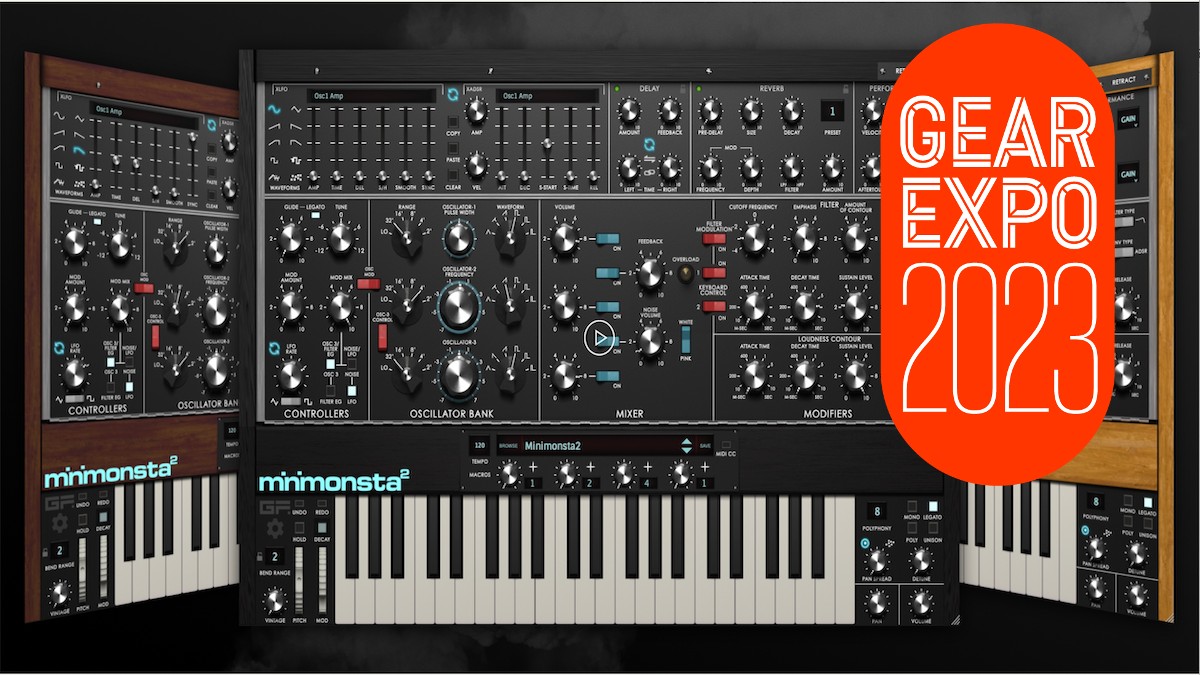
GEAR EXPO 2023: Software synthesizers and instruments are the most exciting area of computer music making. This is because, as your computer power has risen over the years, so the sonic muscle of these sound makers has increased. Now you can replace your entire band or orchestra with well-chosen software instrument titles. But we've done that choosing for you with our rundown of the best instruments coming out this year.
When it comes to software instruments to use in your music production, you have a huge choice. You can now buy virtual recreations of every instrument in a band - guitars, drums even vocalists - so as a computer musician you can surround yourself with software rather than people! And, of course, when it comes to synths, there's every kind available, from emulations of classics through to all-new software visions of the future.
You can even go classical and emulate entire orchestras in your computer - there really are no limits. With such a huge choice, though, it can be daunting, so we've highlighted some of the best titles coming out this year: from synths to bands, to immersive and futuristic 3D experiences.
Sound Particles SkyDust 3D
One of the most exciting releases at the NAMM show this year was this 'world first' synth release from Sound Particles, the SkyDust 3D synth. And with the backing of Jean-Michel Jarre, the Portuguese developer certainly has a heavyweight endorsee.
Skydust 3D is a "history making" virtual instrument, according to Sound Particles. It can not only play its sounds within spatial audio, but you can also use MIDI, LFOs, envelopes and other modulation to control that sound's position over time. That means you can change the elevation and 3D position of notes as you would modulate a filter, or send arpeggiations off into space. Basically you can place whatever you want, wherever and whenever you want it!
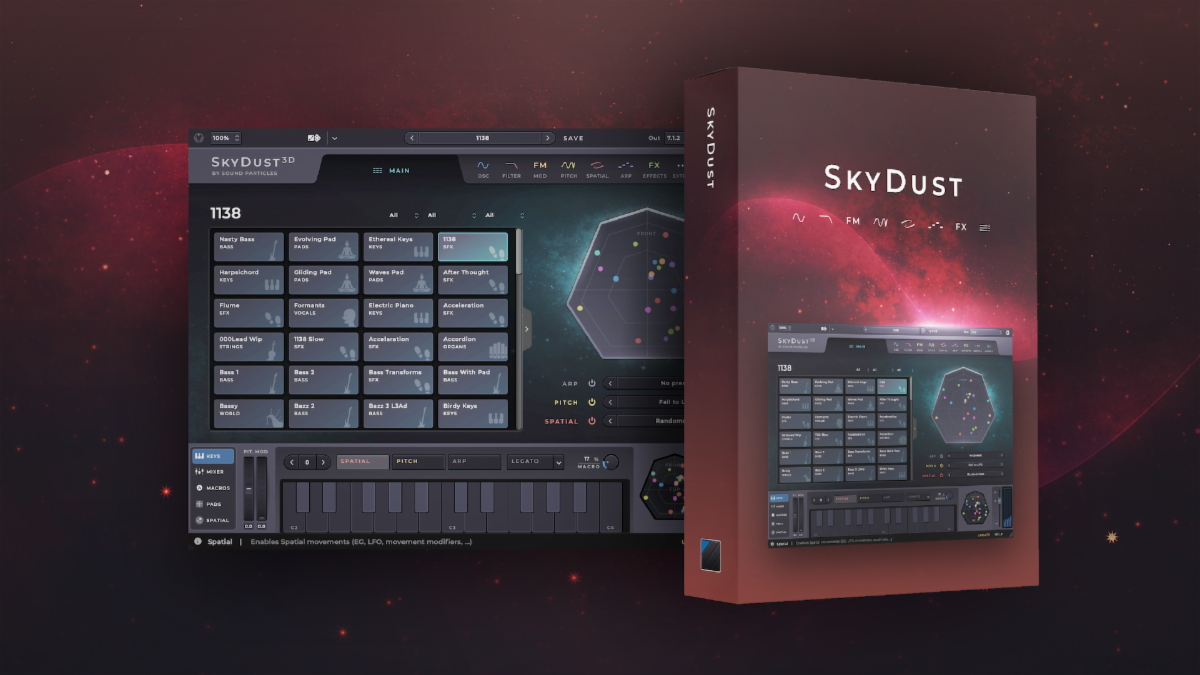
For those concerned that they don't have the spatial audio recording or playback facilities to enjoy SkyDust 3D, Sound Particles says that the cheaper stereo/binaural version sounds fantastic, too. In fact, SkyDust 3D supports over 30 output formats, including stereo, 5.1, 7.1, 7.1.2 (Dolby Atmos), 9.1.6, Ambisonics, and binaural (3D using headphones).
SkyDust 3D has the backing of none other than Jean-Michel Jarre. The French synth icon loves a bit of new technology, of course, but does seem particularly smitten with SkyDust. It is, he says "a game changer - something I’ve been waiting for a long time. It’s the first synthesizer to create sounds in multi channels and binaural from scratch. The first musical instrument for immersive sound.”
Want all the hottest music and gear news, reviews, deals, features and more, direct to your inbox? Sign up here.
SkyDust costs $299 for the full version and $149 for the stereo and binaural version, and is available now from the Sound Particles website.
Baby Audio BA-1
Having made its name with a range of intuitive effect plugins, Baby Audio has now released its first synth, the BA-1. This is a “modern re-imagination of a cultish 1982 analogue synth,” otherwise known as the Yamaha CS01.
Despite bearing the same prefix as the classic CS-80, the CS01 was a different beast entirely. A compact, almost toy-like keyboard, it was a simple single-oscillator monosynth that could be powered by batteries and had a built-in speaker.
For the BA-1, Baby Audio’s first task was to model the CS01 as accurately as possible, but that was just the start. There are plenty of additional features, too: a second analogue-modelled oscillator, FM and polyphony, for example.
Fittingly, there are also some quirky elements. This may be a plugin but you can still drain the battery, bend the circuits and ‘use’ the built-in speaker. These features can help you to achieve the kind of lo-fi sound that you’d associate with vintage hardware.
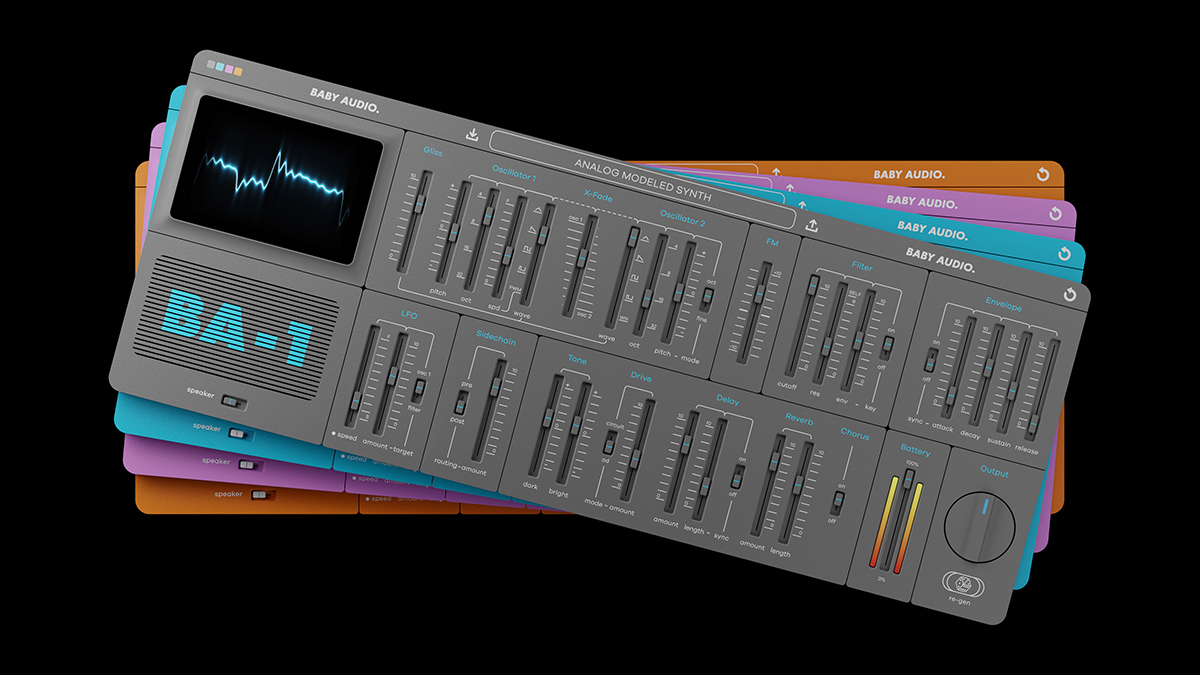

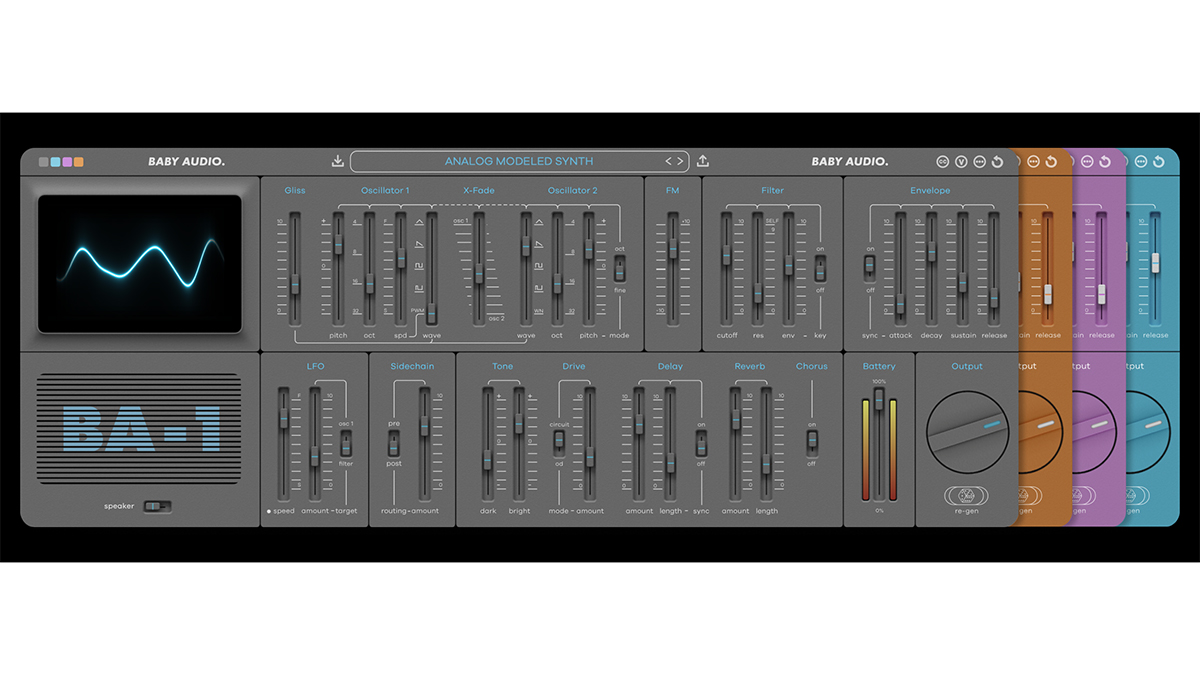
There are some suitably retro effects, too - all inspired by budget ‘80s rack hardware - and more than 500 presets. The ‘Re-Gen’ algorithm, meanwhile, enables you to create new patches on the fly.
BA-1 runs on PC and Mac in VST/AU/AAX formats. The regular price will be $99, but it’s currently available for $49 and you can also download a trial version.
Find out more on the Baby Audio website.
Ableton Drift
Tucked inside the latest release of Ableton Live (11.3) is Drift, a new MPE-compatible synth. We've already had a try with this ground-breaking plugin and are mightily impressed - check out our first impressions in the video above.
Drift is said to be capable of generating sounds “from every era of modern music,” and has a minimalist design that Ableton believes makes it beginner-friendly. However, we think that there’s also enough depth to keep experienced sound designers interested.
The new instrument is inspired by classic hardware, but also nods to more modern synths and Eurorack modules.
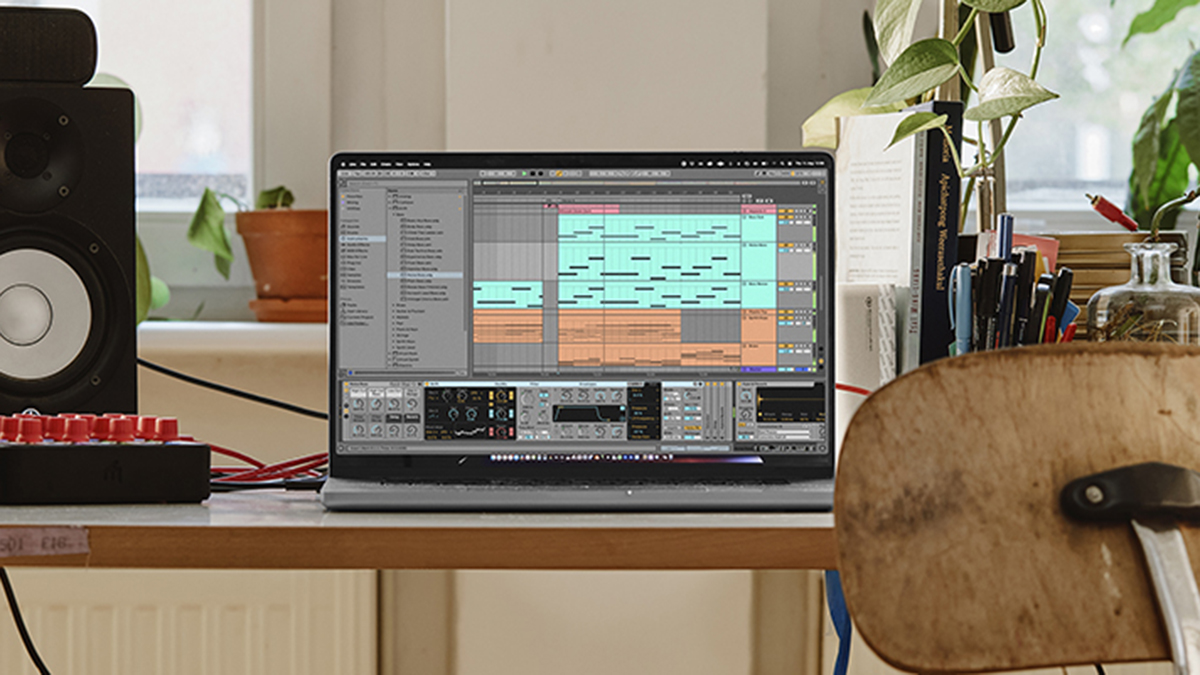
Drift is being included with all versions of Live 11 - even the lowly Live Lite, which is bundled with other software and hardware products.
In other Live instrument news, Analog, Collision, Electric and Tension are now MPE-friendly, too, giving you more opportunity for expression. The Note Echo device also gets MPE support, with feedback controls for each control dimension. This means that MPE modulation can change over time.
Find out more on the Ableton website.
Toontrack EZKeys 2
Toontrack is the master of the software instrument and has a huge library of different titles, plus MIDI files for creating beats, riffs and tunes in just about every genre. Here, its EZKeys is getting a makeover, and is the ideal software to help you create piano parts for your songs.
EZKeys 2 is said to be a rebuild from the ground up and offers a new, fully resizable and scalable interface. Right out of the gate you should notice that it sounds better too, with a new sampled grand piano that was captured using a wide range of mics and ambiences. There’s a new MIDI library as well, which covers multiple playing styles and genres, and a change to the business model means that the core sound library now comes included.
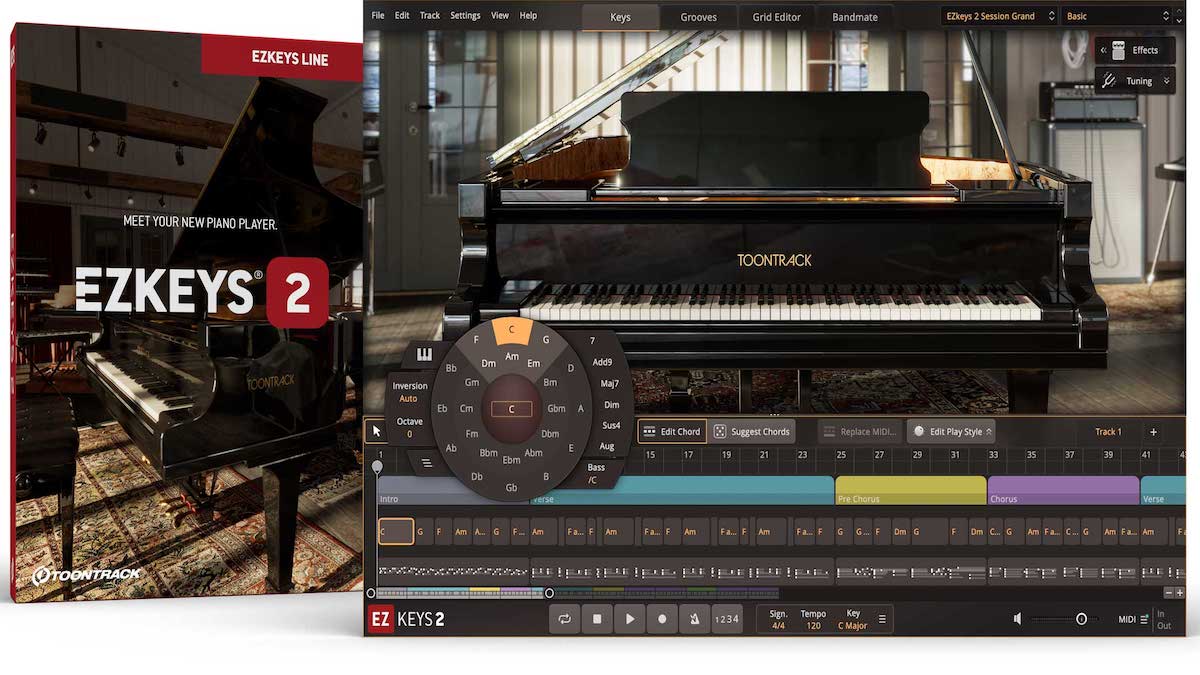
Predictably, EZkeys 2 is also smarter than its predecessor, with a Tap2Find feature enabling you to find grooves based on rhythms and notes that you input. The Bandmate will select chords and grooves based on your own audio or MIDI, and there’s a built-in grid editor with humanization, scale matching, timing features and more.
EZkeys 2 is out mid May for an introductory price of €179. Find out more on the Toontrack website.
Spectrasonics Keyscape 1.5
In Omnisphere, Spectrasonics makes one of the most popular and powerful synths ever created. The company is also responsible for Keyscape, which is a massively impressive multi-keyboard instrument that emulates just about every keyboard you've ever head of (and probably several you haven't).
The company doesn’t release major software updates for its products very often, but when it does, it tends to get them right. And that certainly looks to be the case with Keyscape 1.5, which adds the Double Felt Grand piano. This is said to be “the number one most requested sound” among the plugin’s users.
Launched to coincide with World Piano Day, the Double Felt Grand is the first brand-new Keyscape instrument since the product was launched back in 2016 and comes as part of the v1.5 update. This is free for existing users.

The modified instrument was sampled at Spectrasonics’ LA studio. The company also developed new reverb algorithms that are exclusive to the Double Felt Grand, which promises the best aspects of a felt upright combined with the body and decay of a grand piano.
To celebrate the launch of Keyscape 1.5, Spectrasonics has released a performance video of Sony Classical artist Olivia Belli playing the Double Felt Grand. You can check it out (above).
Keyscape runs on PC and Mac in VST/AU/AAX formats and costs $399/€349. Find out more on the Spectrasonics website.
Akai Drumsynth
We've heard of hardware going soft – now it's (kind of) the other way around. Air Music Tech, a sister company to Akai Professional, has taken the DrumSynth engine from Akai’s MPC Standalone and packed it into a plugin called Akai DrumSynth.
Like its hardware-housed sibling, the software version of DrumSynth is designed for deep drum sound design. Percussive tones can be sculpted from the ground up, then processed with effects and saved as user presets so that you can use them again and again.
Sounds are created using DrumSynth’s multi-synth generator, which combines FM, analogue modelling and physical modelling algorithms. There are eight individual engines - Kick, Snare, Clap, Hi-Hat, Tom, Percussion, Crash and Ride - so you can create complete kits.
Effects and tone manipulation features include a transient shaper, tuning, EQ, compression, reverb and delay, and there’s also a dedicated mixer. 52 preset kits come included, ranging in sound from classic to contemporary.
DrumSynth runs on PC and Mac in VST/AU/AAX formats. The regular price will be $99/£99, but you can currently download it for the introductory price of $39/£39, and there’s also a 10-day trial version you can download.
Find out more on the Air Music Tech website.
Klevgrand Speldosa
Something a little different here, but still very much a software instrument that you might want to 'unbox' this year. Developers Klevgrand and Wintergartan have teamed up and created Speldosa, a magical music box plugin.
Few instruments capture feelings of childlike wonder as well as the music box. Now, with a little help from Wintergartan’s Martin Molin - creator of the magnificent marble music machine - Klevgrand has released one for your PC, Mac or iOS device.
Known as Speldosa - the Swedish word for music box - this features samples from Molin’s very own music box, which has become the sonic signature of his bands Detektivbyrån and Wintergatan.
“The sounds in Speldosa have been the secret sauce in my music career and I hope other musicians find it as useful as I have,” says Molin. “There is a special quality to this exact music box sound that lifts it above the novelty feeling of a toy and turns it into a real music instrument.”
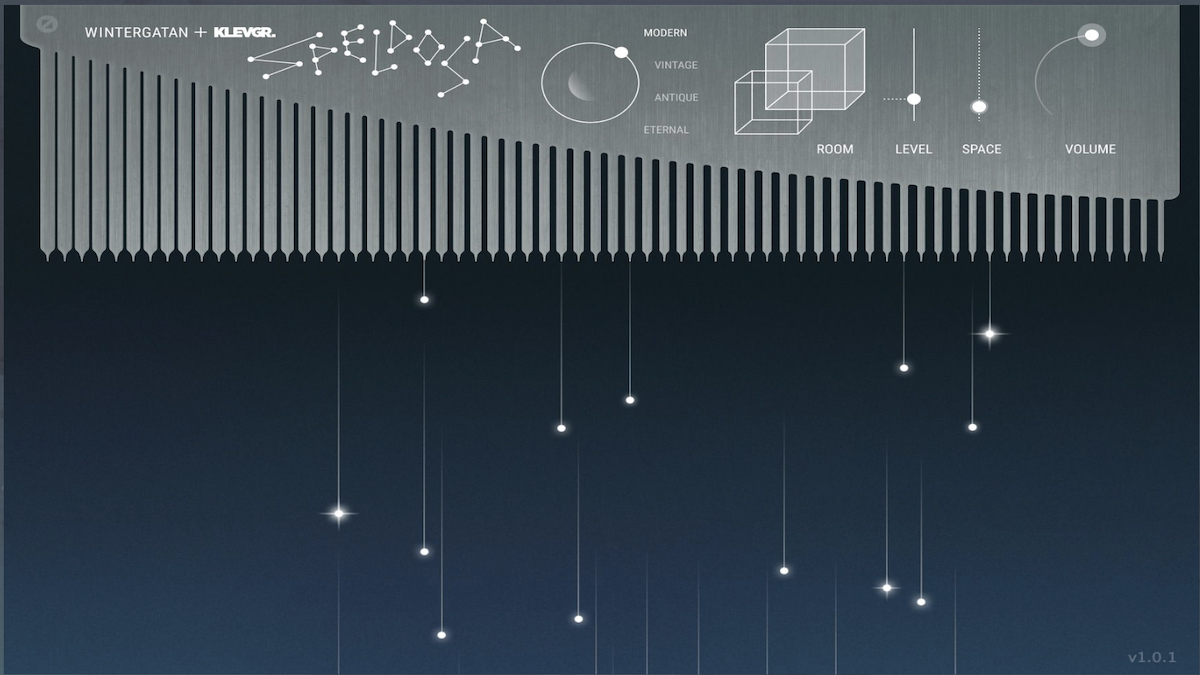
Speldosa offers four music box ‘characters’, two room ambiences, a reverb, optional vibrato and adjustable output level. There’s also a suitably dreamy interface, which features notes falling like stars.
The price is competitive, too - just $10. It’s available as an VST/AU/AAX plugin and in standalone/AUv3 formats on iOS devices.
Find out more on the Klevgrand website.
Roland Zenology Pro 2.0
Zenology Pro is the plugin home for Roland’s flagship Zen-Core synthesis engine, which is used to power its finest software and hardware synths. It’s now been updated to version 2.0, which adds a variety of new features.
For a start, there are now 500 additional presets, while the refined user interface promises a new structure view, click-and-drag resizing, visual feedback and more. Zenology Pro’s rather dated-looking and inflexible GUI was one of the things we criticised in our review, so here’s hoping that this redesign will help to improve the software’s workflow.
Other enhancements include a fully integrated browser view and a new reverb section with eight distinct algorithms.

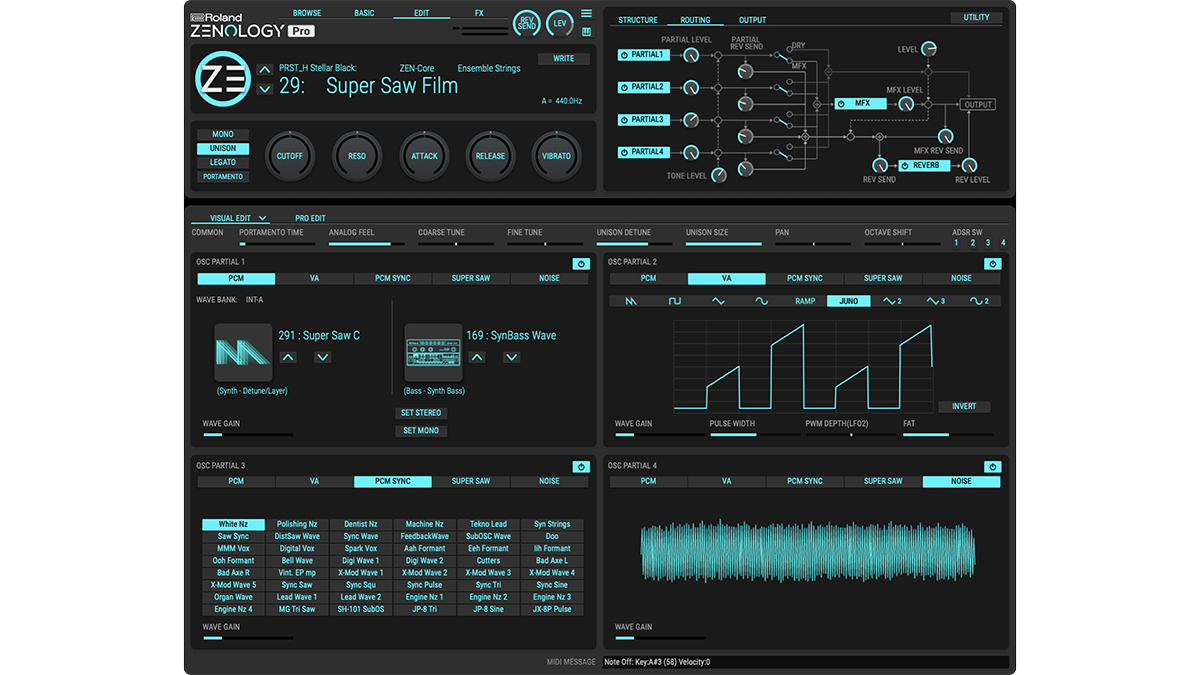
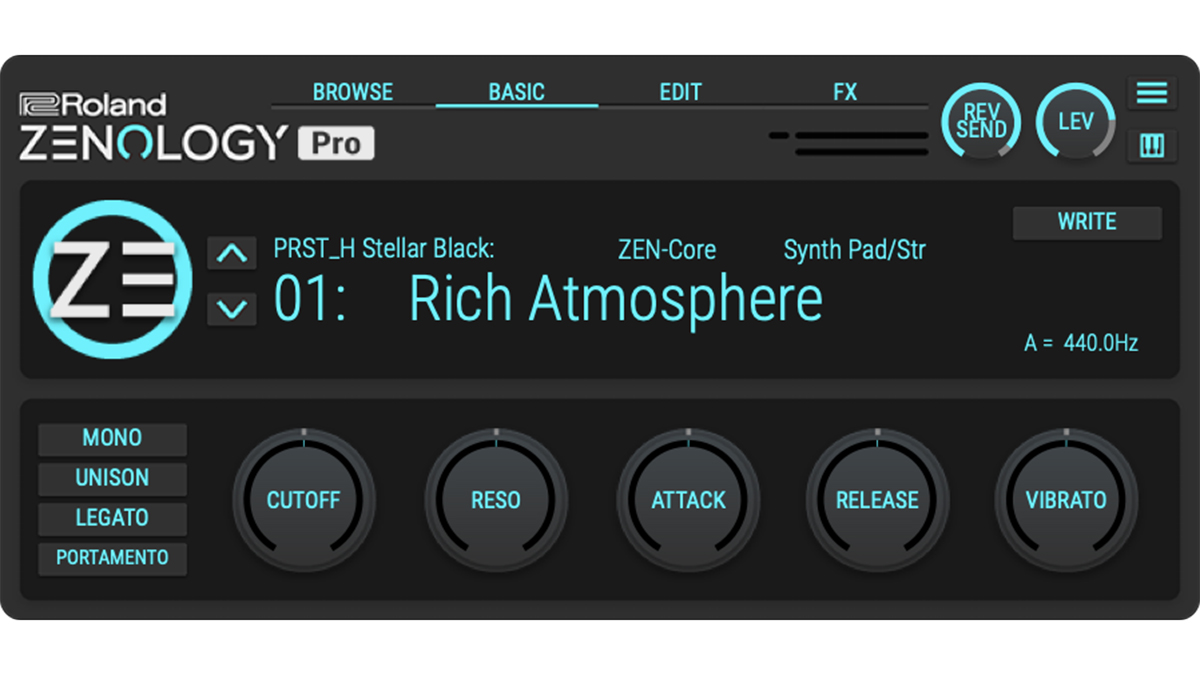
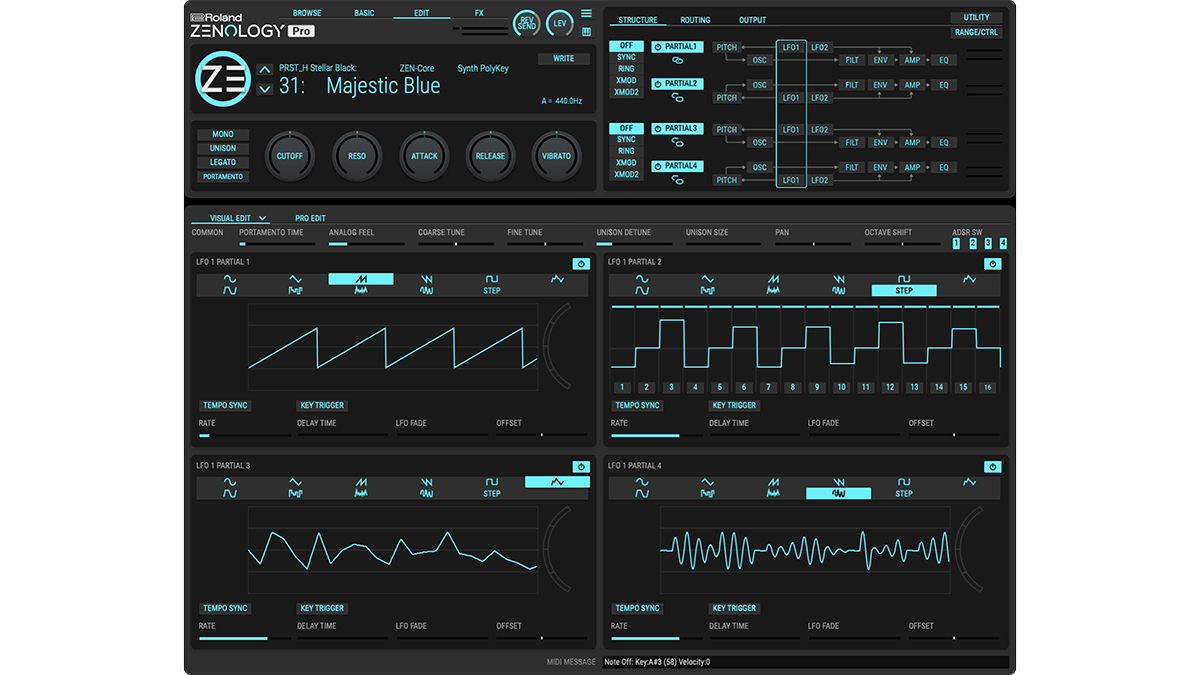
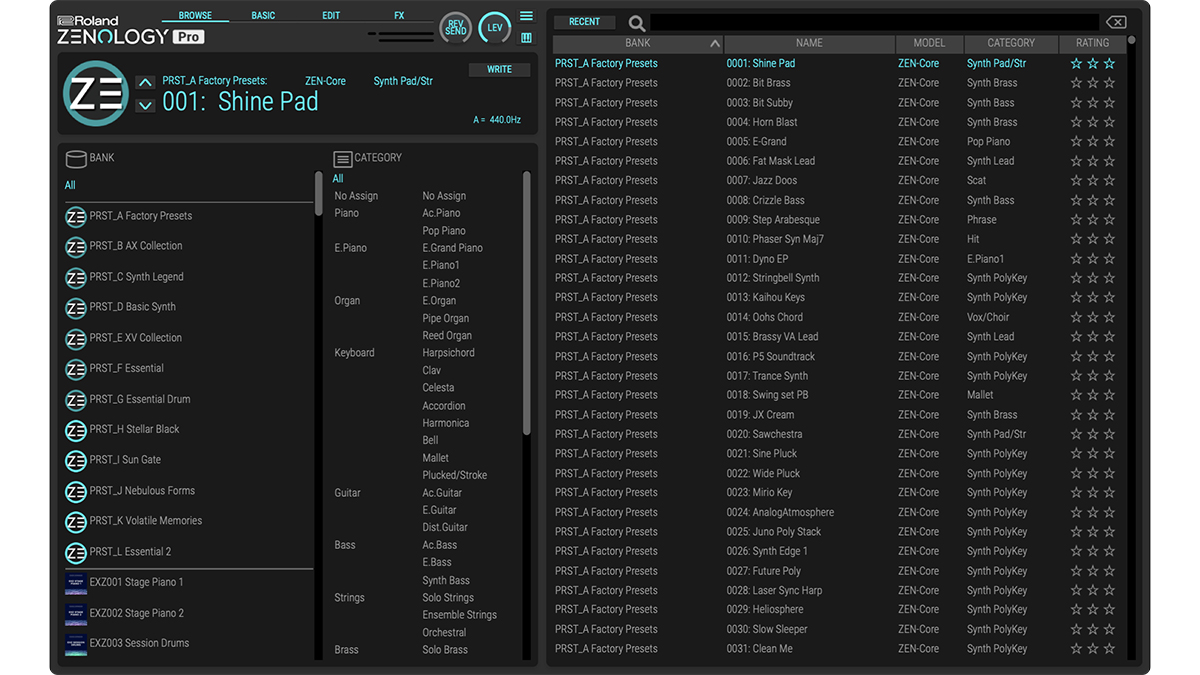

Elsewhere, the fundamentals of Zenology Pro remain in place. You start with 4,000 tones and 200 drum kits, expandable to a total of more than 10,000 via sound packs and Wave Expansions on the Roland Cloud. Each tone can be made up of up to four partials, each of which has an oscillator, filter, amplifier, dual LFOs and equaliser.
The synth explores a variety of synthesis types, including PCM, virtual analogue, PCM Sync - a choice of PCM waves that allow for oscillator sync between Partials - Supersaw and Noise. There are 10 filter types, eleven LFO shapes (including tempo-synced Step LFOs with 37 curves per step) and more than 90 effects, some of which are inspired by classic hardware from the Roland archive.
If you own Zen-Core hardware, meanwhile, the good news is that sounds are exchangeable between that and Zenology Pro. Current Zen-Core offerings include the Fantom and Jupiter-X ranges, Juno-X, RD-88, MC-101, MC-707 and more.
Zenology Pro 2.0 is available as part of a Roland Cloud Pro ($10/month) or Ultimate ($20/month) subscription. Find out more and sign up for a free trial on the Roland website.
Cherry Audio Mercury-6
Cherry Audio is very much one of the stars of soft synth development at the moment, and releases emulations, twists on classics and its own instruments. Now it's tacking a synth considered by many to be the underrated dark horse of the vintage Roland Jupiter polysynth herd, the Jupiter-6.
Released in 1983, the Jupiter-6 might have had two fewer voices than the Jupiter-8, but it set itself apart by offering an aggressive true multimode filter with 24dB/oct lowpass, 24dB/oct highpass and 12dB/oct bandpass modes. This harder edge makes it great for creating biting techno and electro.
Other notable features included support for multiple simultaneous waveforms in the oscillators and extensive modulation possibilities courtesy of the two LFOs and cross-mod capabilities. There were solo and poly unison modes, too.
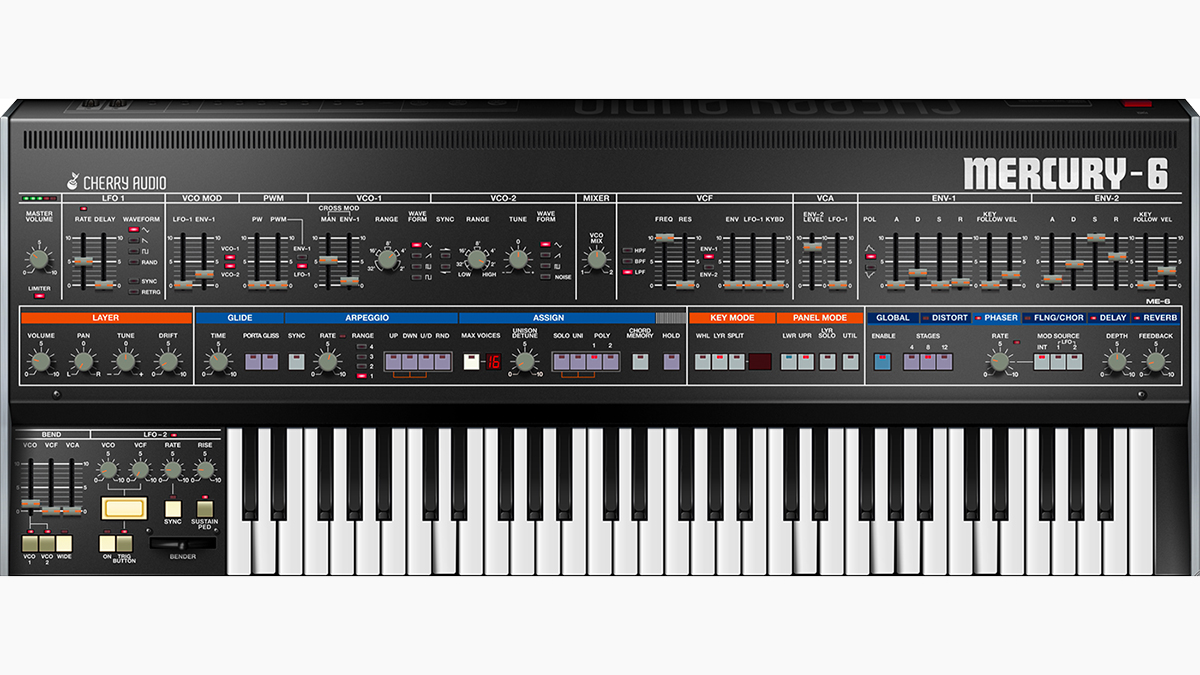
Cherry Audio’s reboot promises all of this, while also addressing some of the Jupiter-6’s limitations. To wit, Mercury-6 offers velocity sensitivity, an improved split mode, and a layer mode that enables you to stack two different sounds simultaneously with per-layer stereo panning, detuning and sustain.
Polyphony has been upped to 16 notes - a no-brainer, really - and not only does the arpeggiator emulate the original’s down/up mode, but it also has a new random mode and MIDI tempo sync. Chord memory enables you to save multiple notes to a single keypress and play them back, and the aforementioned LFOs have a retrigger for LFO-1 and an always-on option for LFO-2, both syncable to MIDI tempo.
There’s now a dedicated effects panel that offers access to the distortion, phaser, flanger/chorus, delay and reverb processors, while further features include per-layer drift control, 500 presets and MIDI mapping.
Mercury-6 looks like a fine marriage of the vintage and the modern, then, and if Cherry Audio’s previous emulations are anything to go by, it should sound pretty good, too.
Find out more and download a demo on the Cherry Audio website. Mercury-6 runs on PC and Mac in VST/AU/AAX formats and is currently available for the introductory price of $49 (regular price $69).
GForce Software Minimonsta2
There are countless plugin emulations of the Minimoog on the market, so what’s left for developers to do with it? In the case of GForce Software, which has released version 2 of its much-loved Minimonsta synth, the answer is to make its software sound even more authentic and add a selection of features that promise to give it a new lease of life.
It’s certainly taken GForce a while to get around to updating Minimonsta: the first version was released way back in 2005. Its successor is built on the same fundamental architecture - the Minimoog’s three oscillators, filter and ADS envelopes have once again been modelled in painstaking detail - but you now get a fully resizable UI, an improved audio engine, a new preset browser with extensive tagging, sorting and search possibilities, and more than 300 new presets (500 legacy sounds are also included).
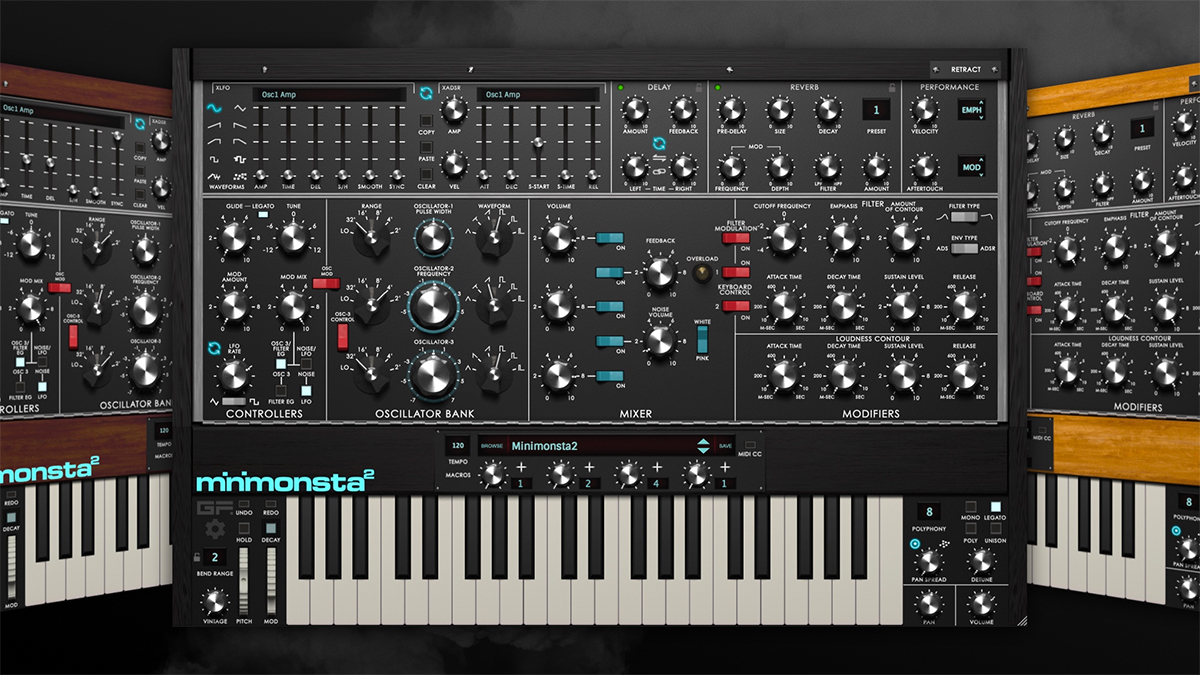
And that’s not all. Minimonsta2 also includes a new reverb effect, a vintage control for dialling in authentic analogue imperfections, four programmable macros, an alternative ‘4-stage envelopes mode’ and an alternative ladder filter that’s designed to preserve bass as you increase resonance.
Minimonsta2 runs on PC and Mac in VST/AU/AAX formats. Its regular price is £120, but it’s currently available for the introductory price of £60.
Find out more on the GForce Software website.
Fabfilter Twin 3
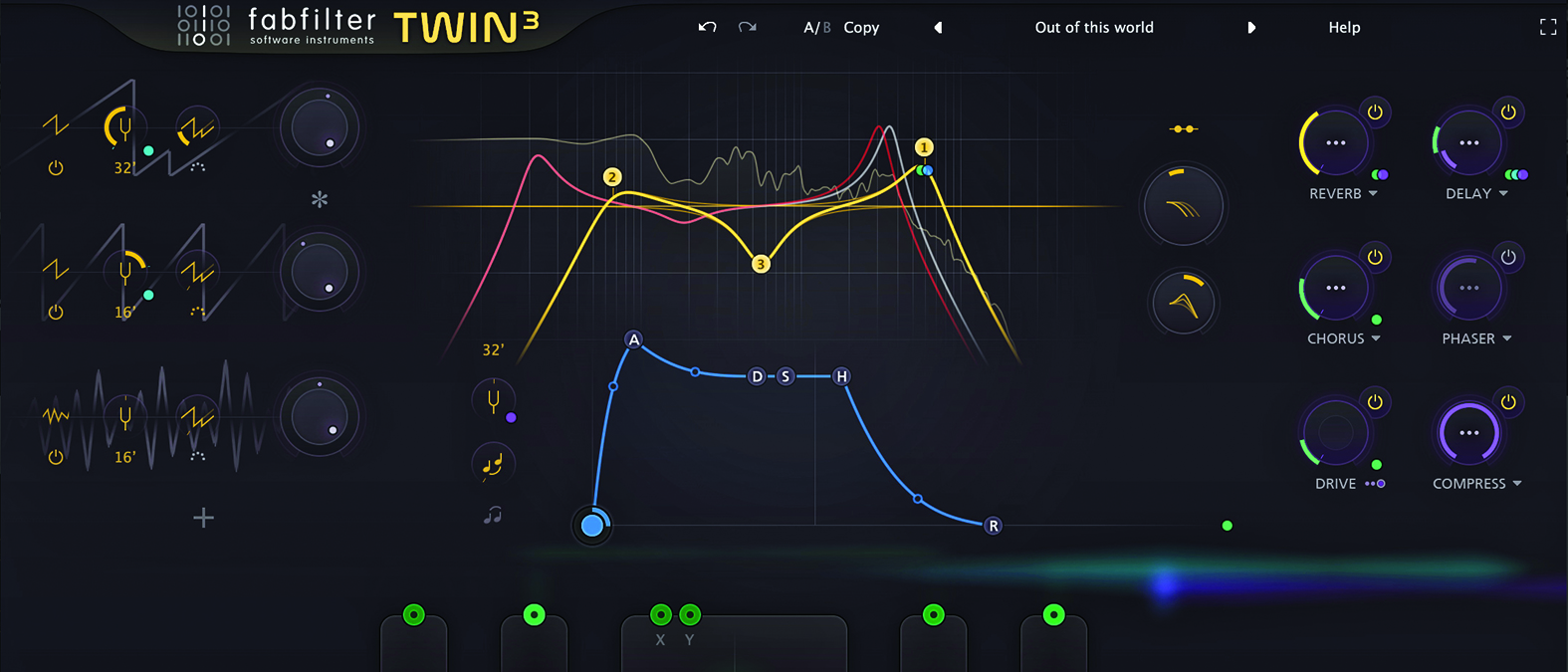
Alongside Serum and Massive, Twin is one of the most common ‘favourite’ synths of the producers we talk to. Our first experience of it goes right back to its launch in 2005 – can it really be? – when we were instantly struck by its huge, often dance-friendly presets, easy workflow and high-quality sound.
Twin 3 has had a complete overhaul. There’s a totally redesigned GUI, improved workflow, more oscillators and filters, an all-new drag-and-drop modulation system, plus an added effects section. However, put it side-by-side with Twin 2, as we did in our full review here and you will recognise it as being of the Twin clan.
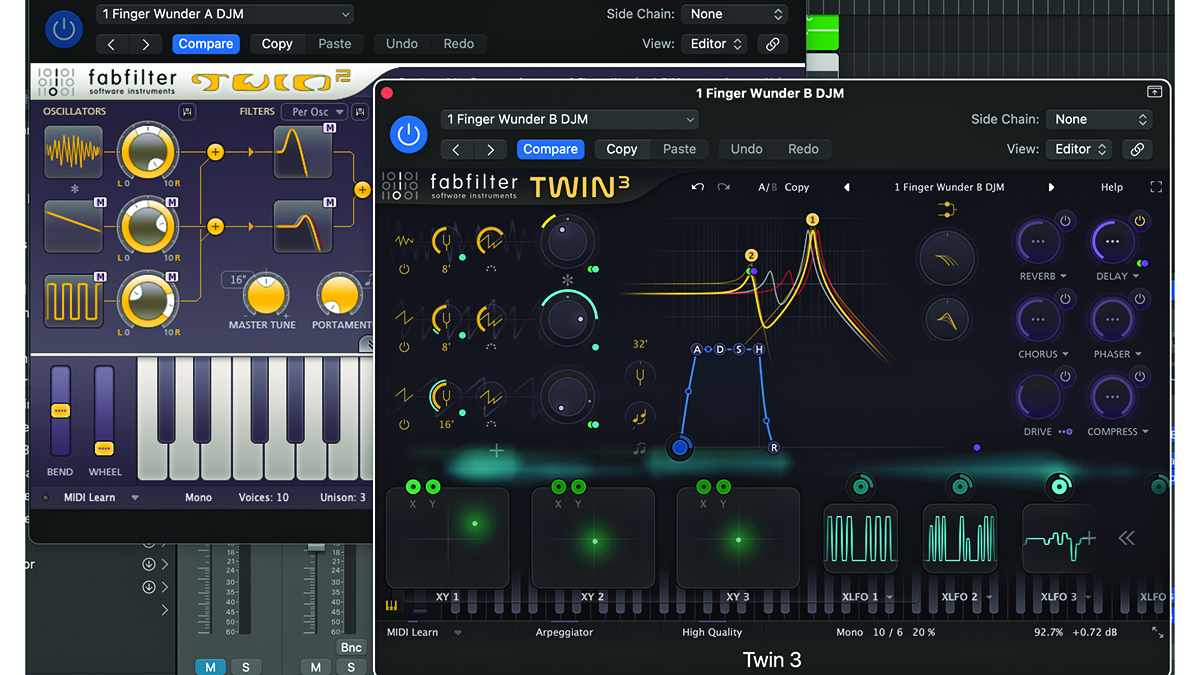
Twin 3 really – and we mean really – excels on the kind of hands-on, real-time manipulation that we love; the kind of tweaking that has you reaching for the save button over and over, so on that score, this is a real winner.
Twin 3 boasts huge sounds, then… but what synth doesn’t these days? It’s where you can take them that counts, though, and in such an easy way that Twin becomes more of a sound design tool than a preset plunderer. A cracking update, then, and if you need a synth that punches through your mixes and explores new textures, it’s right here. Fab times three.
Twin 3 costs £109. You can read our full review here and get more info from the FabFilter website.
Rhodes V8
The Rhodes V8 is a plugin emulation of the MK8 electric piano, with two versions, the standard V8 and V8 Pro. The plugin is sample-based so you get some 30,000 samples spread across 100 velocity layers.
The V8 also emulates the MK8’s preamp section; this features Drive and Low/High EQ, plus a Vari-Pan effect with Rate and Depth controls. There’s a suite of presets, too, designed to demonstrate the MK8’s tonal range and give you some experimental sounds.
If you’re willing to spend a bit more, you could go for the V8 Pro, which adds the MK8’s Envelope parameter. This enables you to create envelope-controlled effects such as auto-wah, and gives you audio rate modulation on the Vari-Pan circuit.




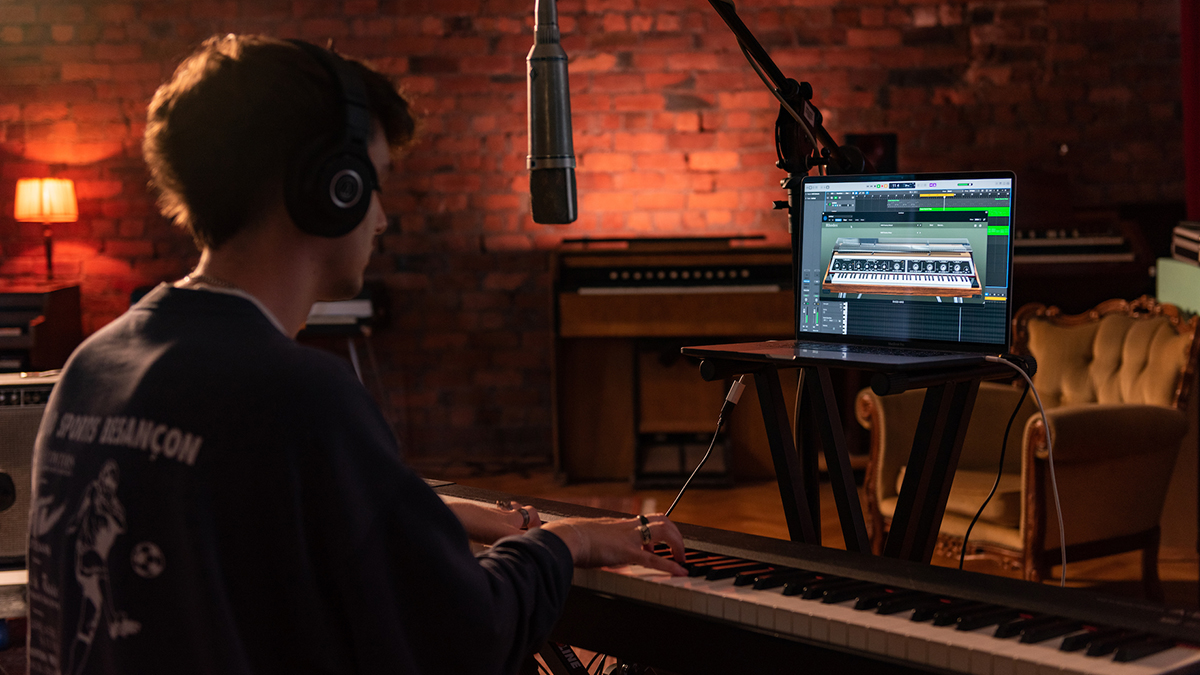

You also get the Compressor, Chorus, Phaser and Delay effects from the MK8’s FX section, while the Setup page offers per-note control over Timbre, Fine Tune, Level and Damper response. You can tweak the mic and amp settings, too.
The V8 and V8 Pro run on PC and Mac in VST/AU/AAX formats and are priced at $180/£150/€170 and $300/£250/€275 respectively. We suspect that there may be some grumbling about that pricing structure; it remains to be seen if the Pro version offers enough additional features to justify its $120/£100/€105 premium.
You can check out just how good the Rhodes V8 is in the video below where record producer Steve Levine checks out both the hardware and software versions to see if he can hear the difference. More to the point, can you?
Find out more and download your demo on the Rhodes website.
Arturia MiniFreak V
With our final instrument it's another soft synth which is an emulation of a hardware model, only this time it's not exactly a vintage synth but Arturia's MiniFreak.
Arturia originally announced that the MiniFreak hardware synth would come with an accompanying like-for-like software version, but now it is available to buy on its own.
Like its ‘physical’ sibling, MiniFreak V is a six-voice, twin-engine synth. Each engine can operate in multiple different modes, and you can use the engines individually, stacked, or to process each other’s output for “unique compound sonic behaviour”. While the hardware MiniFreak has analogue filters, the V version’s are modelled.

Further sound design takes place in the modulation matrix, which offers the likes of polyphonic ADSR envelopes, customisable multi-segment LFO shapes, FM & ring modulation, and ‘Spice & Dice’ randomisation.
The MiniFreak V’s controls are spread across multiple pages: the front panel keeps things relatively simple with a stripped-back set of parameters (you can tweak the two oscillators, filter and FX), while the Advanced panel adds access to the mod matrix, shaper and more. Finally, there’s a dedicated page for the sequencer and arpeggiator.
The MiniFreak V comes with the same preset selection as the hardware, and sounds can be exchanged between the two versions. It runs on PC and Mac in VST/AU/AAX formats, and is available now for €199. It’s also currently being given away for free to anyone who buys V Collection 9.
You can read our full review of MiniFreak V here, and find out more and download a demo on the Arturia website.
Looking for more great new gear? Get all our round-up, news, features, tutorials, tips and more at our Gear Expo hub page.


Andy has been writing about music production and technology for 30 years having started out on Music Technology magazine back in 1992. He has edited the magazines Future Music, Keyboard Review, MusicTech and Computer Music, which he helped launch back in 1998. He owns way too many synthesizers.
